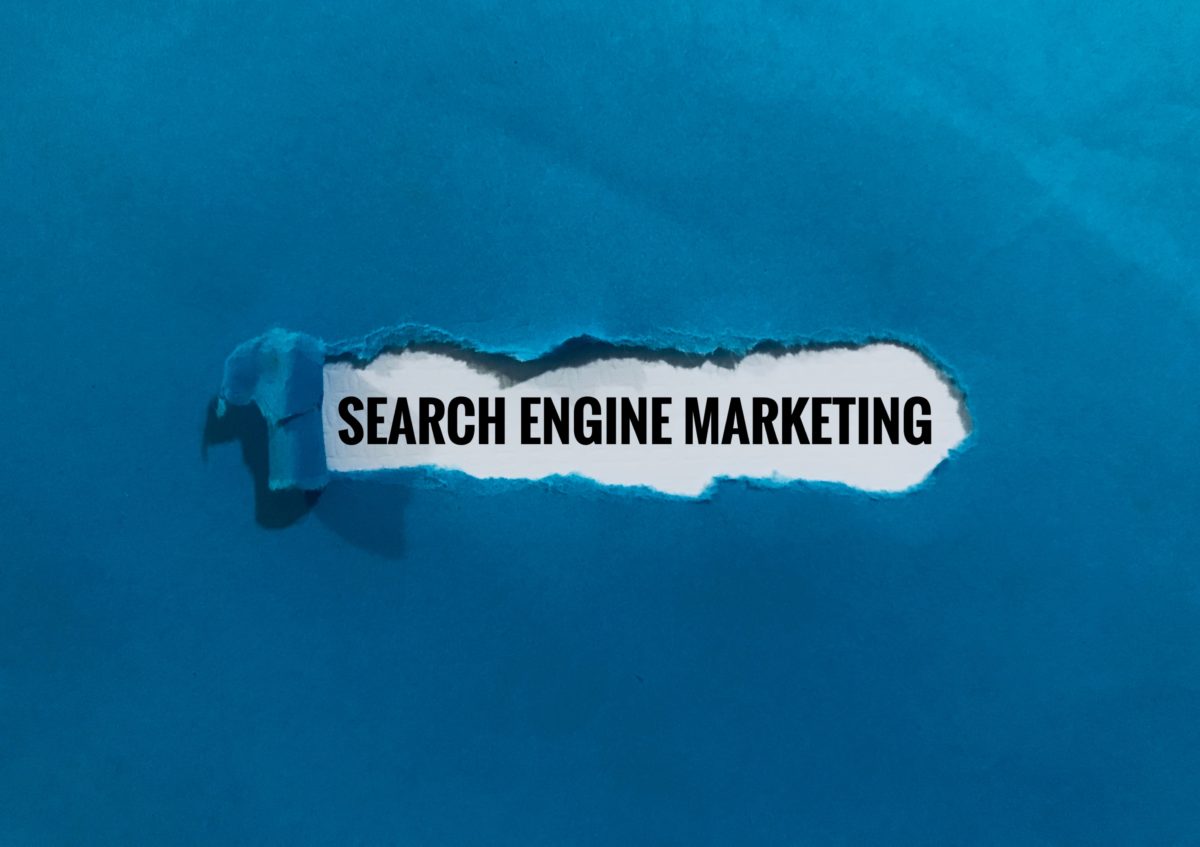 •
•
While SEO and SEM may sound similar, they are two very different forms of advertising.
SEO stands for search engine optimization and focuses on a website’s ability to rank higher in search engine results pages (SERPs) through organic means. In contrast, SEM or search engine marketing involves paid strategies to appear at the top of SERPs, such as Bing or Google.
When you think of these marketing channels based on their root meanings, you might as well be comparing apples to oranges! Read below for more insight on the differences between SEO and SEM and how they both work.
What Is SEO?
At this point, you might still be scratching your head wondering, “what is SEO?” Between all the jargon in the industry, it’s completely understandable that you would be looking for answers. Unfortunately, there isn’t a single answer. However, you can chalk it down to implementing multiple strategies that will improve a website’s organic search rankings.
For context, organic searches include unpaid results that appear on SERPs after a user searches a specific query. An example may include typing “restaurants near me” in the Google search bar to then browse the SERPs for a tasty destination.
When considering SEO and organic rankings, there are several areas to consider making improvements to. They are:
- Technical SEO
- On-Page SEO
- Content
- Off-Page SEO
Technical SEO contains all the improvements you can make to the structure of a website, like page speed, crawlability and security. With on-page SEO, you optimize the factors that go into a web page that help machine learning algorithms clearly understand the content on a website, such as headers, meta tags and alt text.

When referencing content writing in an SEO perspective, you should always consider search intent. How can you best answer search queries that aid a user’s experience? If you leave this concept out of your content strategy, you will face major obstacles in your quest for the top spot on the SERPs.
Finally, off-page SEO encompasses the trustworthiness and authority of your website in search engine algorithms. Trust and authority are usually built through link building and PR.
In a successful SEO plan, each of these areas must be addressed with a comprehensive, balanced approach.
What Is SEM?
Search engine marketing, also known as pay per click or PPC, uses paid tactics to gain brand exposure on the SERPs. This is most often implemented through either the Google Ads or Bing Ads platforms. You will have to know how to run and optimize the campaigns to increase conversion and measure your return on investment (ROI), however, some platforms include recommendations and insights that will help even the most novice marketing.
You can use several types of SEM ads, including responsive and dynamic versions. Both of these formats allow the ads to run using machine learning to build on ad rank, which is used to determine the order in which your ad will appear.
On top of ad rank, you must be careful of key performance indicators (KPIs) like cost per click (CPC), cost per conversion and click through rate (CTR). Cost per click gives you important information on your ROI. The higher the CPC, the lower your ROI will be.

Cost per conversion is vital to manage campaign optimization. If your desired cost per conversion is lower than your cost per acquisition, your ad won’t serve as frequently to try to help control advertising costs. Lastly, CTR is the rate at which your ads are clicked. The higher your CTR, the more likely your ad is performing well.
As platforms like Google Ads advance and automate, more and more emphasis is being put on determining appropriate conversions. This is done through conversion tracking. By setting up SEM campaigns correctly from the start, your campaign is much more likely to succeed and return desirable KPIs.
How Are SEO and SEM Different?
Now that we’ve covered the basics of SEO and SEM, it’s time to break down how they differ.
For starters, SEM is blatantly labeled as an ad while SEO that’s done well will often go undetected to the untrained eye. A paid placement in the SERPs will be marked with an “Ad” icon but will live at the very top of the page as opposed to an SEO placement that will be at the top of the results after ads. It’s important to note that 70-80% of users scroll past ads to the organic search results which can justify SEO’s arduous process.

Additionally, with SEM, you will see instant results. As soon as you begin paying for the ad, the platform will begin driving users to your website. SEO can take months to start seeing your campaign work. And at that rate, it can be difficult to assess whether or not the strategies you implemented are even working in the first place.
Last but not least, SEM will only run as long as you have a budget. As soon as you stop paying for the ad, traffic will stop being driven to your site. In comparison, SEO’s results last much longer. Once you have determined a successful strategy, your site will remain in the search results as long as you keep optimizing. Staying up to date with changes in the algorithm is your best bet to improve your impression share in the SERPs.
The Bottom Line: SEO vs. SEM
There are pros and cons to both SEO and SEM. While one can supply instant gratification in terms of website traffic, the other plays the long game and could catch more qualified users making their way through the marketing funnel. In order to determine the best strategy for your campaign, consider your resources.
If you have the manpower to execute a robust SEO strategy, it will be the best option to secure a lasting presence for your brand. If you’re looking for something to show its impact much more quickly, an SEM campaign may be the way to go.
 About The Author
About The Author
Andrew is a master strategist with more than a decade of experience on both sides of the media equation. He’s an expert in planning, buying and executing marketing strategies with analyzation and reporting skills to match.
Andrew’s career has been filled with certifications, awards and accolades since graduating from LeMoyne College with a degree in communications. As the leader of media management at ABC, he’s the ideal client advocate when it comes to tactics and placement within any size budget.
He was drawn to the creative-forward setting of ABC, where he subscribes to the idea-based ethos of putting the message and client first.